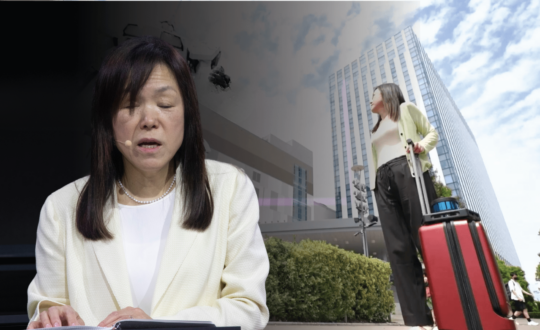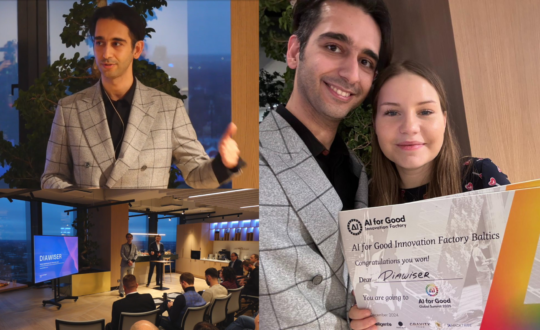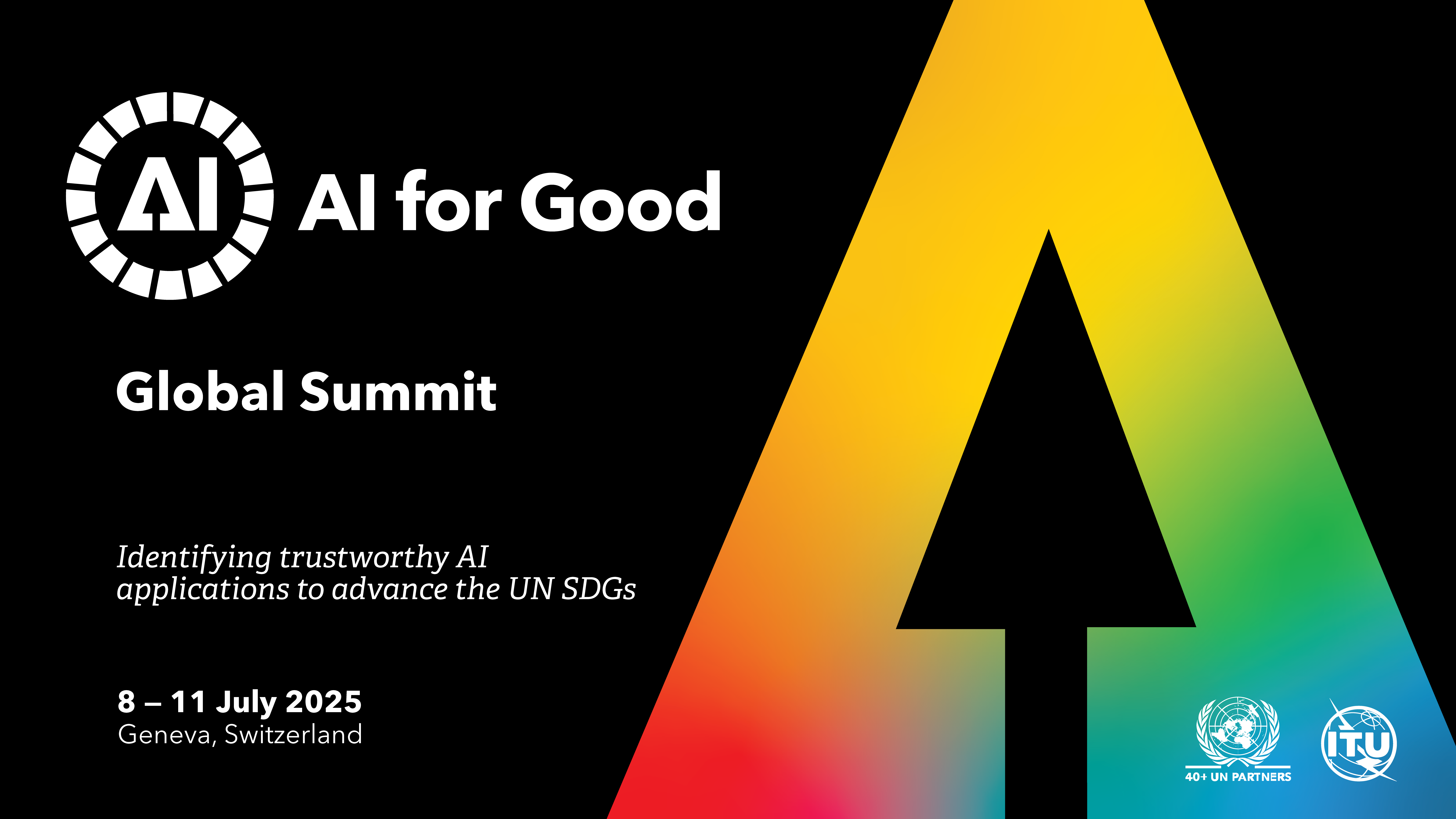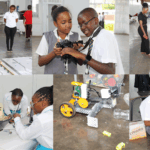Information and communication technologies (ICTs) underpin today’s digital economy.
This is true for many sectors, but it is especially exciting in the healthcare sector because of its potential to improve and even save lives.
From remote surgery to improved diagnoses to an ever-widening array of mobile health applications – technology is making us healthier every day. And it is early days, but artificial intelligence-powered technologies such as skin-disease recognition and diagnostic applications based on symptom questions could be deployed on some 6 billion smartphones in the next few years.
The potential is enormous and ITU is ready to help lead the charge.
ITU already has a range of digital health programs that are making an impact, but we are now collaborating ever more closely with the World Health Organization (WHO) to improve healthcare using the latest technologies, including AI.
I was pleased this week to join government ministers from around the world during the 72nd World Health Assembly side event on Universal Health Coverage to explain more about what ITU is doing to leverage the great potential of ICTs to improve people’s health.
‘AI for Health’
While there, I explained a number of things about ITU’s work with WHO, including the following regarding AI for Health initiatives:
- ITU organizes an annual AI for Good Global Summit and last year one focus area was on AI for Health. WHO Director-General Tedros Adhanom Ghebreyesus spoke at the event and as a follow-up ITU established a “Focus Group on AI for Health” in partnership with WHO open to all interested parties.
- ITU and WHO are working towards the standardization of a framework for the performance benchmarking of ‘AI for Health’ algorithms to address health issues such as breast cancer, Alzheimer’s disease, vision loss and skin lesions.
- Our objective is to develop evaluation methods to assess the degree to which ‘AI for Health’ use cases have achieved ‘Proof of Concept’. In other words, we aim to provide regulatory bodies with the information necessary to determine whether or not AI algorithms have proven themselves accurate enough to enter clinical settings – something similar to national health regulators’ approval of new pharmaceuticals and medical devices.
The ‘AI for Health’ focus group is improving our understanding of how we could best navigate the challenges surrounding access to health data and the appropriate use of that data. It has developed a data handling policy enabling the initiative to accept both open data and undisclosed test datasets.
One problem that has been recognized is the lack of interoperability between different databases used in hospitals, even within the same country.
ITU international standards are developed specifically to help provide for such interoperability and to create a world-wide market to reduce costs through economies of scale.
The importance of standards
It is important that the technology used in the health sector complies with international standards to ensure interoperability and security, and that the radio equipment operates in harmonized radio-frequency bands to avoid harmful interference.
This encourages and protects critical investment and enables economies of scale by reducing the cost of equipment and user devices, thereby enabling affordable services. This key work helps ensure more people across the world are connected and able to benefit from the widening range of digital health services offered via wireless communication.
One example of WHO and ITU collaboration is a new international standard for safe listening that will lower the risk, especially for young people, of early onset of hearing loss due to excessive exposure to loud music. It will either automatically adjust the volume to a safe level or provide the user with a warning.
We have also developed a Toolkit for assisting governments, industry and civil society to foster the fast adoption of the standard.
Work has started on further standards to protect hearing at music venues.
Every ITU standard relies on the participation of key stakeholders and ITU benefits considerably through having a large and rapidly growing private sector membership of over 600 companies as well as over 160 universities. It is these experts who drive the work and produce the output, mainly in the form of international technical standards.
We are looking to members to develop further standards that can improve both access to care and the quality of care.
In the meantime, we are continuing to improve and expand our digital health programmes.
Since 2013, for instance, ITU and WHO have been working on the Be He@lthy, Be Mobile initiative in 11 countries, using mobile technologies for the prevention and control of non-communicable diseases. For example, thousands of people in countries such as Tunisia are currently using mobile phones to helping manage diabetes during Ramadan.
It all starts with connectivity
Of course, people will only be able to benefit fully from these developments if they have access to broadband communications.
Nearly half the world is still not using the Internet. There will only be Universal Health Coverage when everyone is connected.
The good news is that there are some ground-breaking initiatives underway to provide affordable Internet access to today’s unserved rural and remote communities.
Small satellites, satellites with all-electric propulsion and low-Earth orbiting (LEO) are among the game-changing innovations, opening new use cases such as the backhaul for 5G and the Internet of Things, and enabling a range of solutions from digital financial services to better healthcare to smarter cities. These trends also offer new and more economical solutions to connect the unconnected, who are mostly in rural areas.
In addition to satellite-based technologies, new stratospheric-based radio systems, referred to as “High Altitude Platform Stations (HAPS), are being developed specifically to provide affordable broadband connectivity and telecommunication services in underserved communities in rural and remote areas, including mountainous, coastal and desert areas.
New players joining ITU
We are seeing this shift play out at ITU, where new, innovative players are joining top names in the business as ITU members.
ITU is fortunate to have a wide category of membership, including 193 Member States as well as some 900 leading companies, universities, and international and regional organizations.
Small and medium enterprises (SMEs) and startups will also soon be able to join ITU at a reduced fee. We also provide remote participation to many of our meetings to avoid the cost of travel and accommodation.
This enables us to accommodate the increasingly wide range of stakeholders to ensure that we move with the times and deliver the best possible solutions to meet the growing demand.
ITU manages the only international treaty on the use of the radiofrequency spectrum and satellite orbits – the Radio Regulations. This treaty will be updated later this year at the ITU World Radiocommunication Conference in Egypt. New globally harmonized spectrum will be found for these new advances − among many other decisions.
These decisions will pave the way to achieving ITU’s mission to connect the world, which will bring so many benefits to so many people, including progress toward Universal Health Coverage.
















